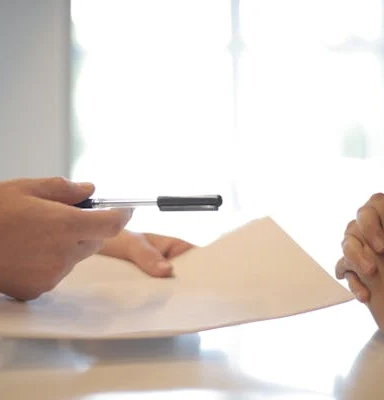Anxiety can be overwhelming, and prescription medications like Xanax often provide fast relief. However, long‑term benzodiazepine use carries significant risks—tolerance, dependence, and challenging withdrawal. According to Talin at Hollywood Hills Recovery, exploring holistic anxiety‑management techniques—like therapy, exercise, or meditation—can be crucial for those looking to avoid or overcome dependence on medications like Xanax.
Understanding the Need for Alternatives
Many who begin Xanax treatment for panic attacks or severe anxiety find themselves needing higher doses to achieve the same effect. Over time, side effects such as daytime drowsiness, memory lapses, and mood swings can interfere with daily life. Recognizing that medication is not the only path to calm is the first step toward sustainable well‑being.
Cognitive‑Behavioral Therapy (CBT)
CBT remains the gold standard for anxiety treatment:
- Identifying Thought Patterns: Clients learn to spot catastrophizing (“What if I have a panic attack?”) and replace it with balanced, realistic appraisals.
- Behavioral Experiments: Gradual exposure to anxiety triggers builds confidence and reduces avoidance.
- Skill Building: Breathing exercises, cognitive reframing, and problem‑solving strategies become daily tools.
Studies show CBT’s benefits endure long after sessions end, unlike the temporary relief of sedatives.
Mindfulness and Meditation
Mindfulness practices anchor attention in the present moment, reducing ruminative thought cycles:
- Guided Meditation: Apps or group classes teach focused breathing and body scans.
- Mindful Movement: Yoga or tai chi combine physical activity with breath awareness.
- Daily Check‑Ins: Short, three‑ to five‑minute mindfulness breaks interrupt stress build‑up.
Regular practice can lower baseline anxiety and improve emotional regulation without pharmacological side effects.
Physical Exercise and Nutrition
A healthy body fosters a healthy mind:
- Aerobic Exercise: Running, cycling, or swimming boosts endorphins, which act as natural mood elevators.
- Strength Training: Weight lifting promotes resilience and self‑efficacy.
- Nutrition: Complex carbohydrates, lean proteins, and omega‑3 fatty acids support neurotransmitter balance.
- Hydration & Sleep: Adequate water and quality rest are foundational for stress tolerance.
A structured fitness routine becomes both a coping mechanism and a confidence booster.
Alternative Therapies
Several emerging modalities complement traditional approaches:
- Biofeedback: Teaches control over physiological responses (heart rate, muscle tension) through real‑time monitoring.
- Acupuncture & Massage: Targeted physical therapies can alleviate muscle tension and induce relaxation.
- Art & Music Therapy: Creative expression provides an outlet for processing emotions non‑verbally.
These options offer personalized avenues for anxiety relief, particularly for those who struggle with talk‑based therapies alone.
Building a Supportive Environment
Social connections and community reinforce growth:
- Support Groups: Peer‑led anxiety or recovery meetings foster shared understanding and reduce isolation.
- Family Education: Loved ones learn to recognize early warning signs and offer appropriate encouragement.
- Professional Coaching: Life coaches or recovery mentors provide structure and accountability outside formal therapy.
A strong network diminishes the urge to self‑medicate and promotes sustained change.
Crafting Your Personalized Plan
No single strategy works for everyone. Thoughtfully collaborating with mental-health professionals to integrate multiple modalities—CBT, mindfulness, lifestyle changes, and alternative therapies—often yields the most robust outcomes. Gradual reduction of medication under medical supervision, paired with these tools, empowers individuals to rediscover lasting calm without reliance on Xanax.



